Seminari del 13 novembre 2023
Hosted by: INGV Sezione di Pisa
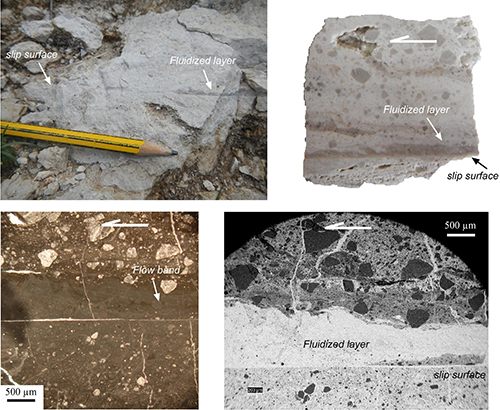
Title: From field to microstructural investigation of a carbonate-hosted fault zone: Implication for fluid rock interaction and seismic slip
Speaker: Rocco Novellino
Time: 11:00 AM
Summary
The role of fluids as a seismic triggering source is a well know process supported by numerous studies. In what way does happen, remains an unclear aspect. The aims of this work concern the characterization of fault-zone architecture and micro-structures involved the first millimeters of the slip-zone, where seismic rupture both enucleated and propagated, in order to investigate the deformation mechanisms and the role of fluids during the seismic cycle. The study fault crops out in the Agri Valley (Southern Italy), a key area regarding the seismically potential and activity related to oil extraction.
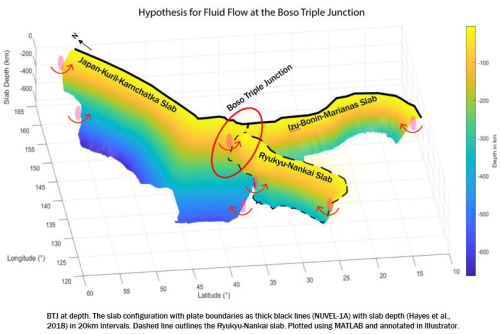
Title: The 3D Tectonic Models of the Boso Triple Junction & What Comes Next
Speaker: Jane Halfhill
Time: 11:15 AM
Summary
Presentation summary: The Boso Triple Junction is an active trench-trench-trench tectonic triple junction off the southeast coast of Japan where the pattern of Holocene volcanism does not fit the classic understanding of subduction zones. 3D asthenospheric flow models could reveal what is occurring below the Earth’s surface, and a tectonic model was built to use in CitcomCU to obtain mantle flow results. I’ll also briefly discuss forthcoming research that will be done at the INGV over the next 8 months.
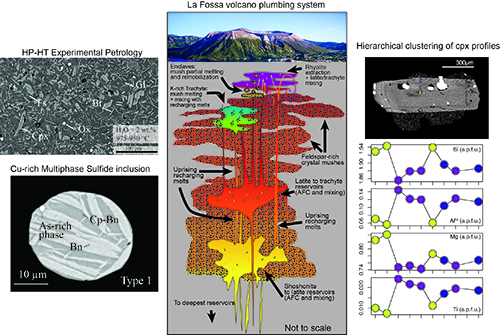
Title: Exploring volcanic plumbing system dynamics through multi-petrological approaches
Speaker: Simone Costa
Time: 11:30 AM
Summary
This presentation outlines the key findings of my research on the crystallization conditions and genesis of trachytic and rhyolitic magmas at La Fossa volcano (Vulcano, Aeolian Islands). The application of geochemical and thermodynamic modelings, HP-HT experimental petrology and thermo-barometry led to an updated picture of the active plumbing system. A data-driven approach based on chemical mineral data has been also used to track magma dynamics during long-lasting, low-intensity volcanic activity. Furthermore, the role of sulfide saturation on the geochemical evolution of chalcophile metals in the magmatic system has been also investigated.
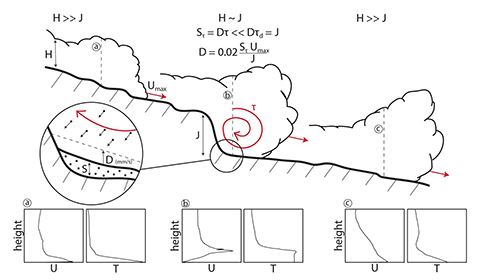
Title: Observing a Pyroclastic Density Current using a Doppler Radar – a numerical study
Speaker: Matteo Trolese
Time: 11:45 AM
Summary
Topography plays an important yet uncertain role in modulating the temporal and spatial evolution of the internal structure of pyroclastic density currents (PDCs). Understanding such changes is critical to characterize PDC transport regimes and their hazard. I will be presenting paleomagnetic data from PDC deposits of the 18 May 1980 Mt. St. Helens eruption and numerical outcomes aimed at capturing spatio-temporal temperature variations induced by topography.

Title: Investigation and testing of systems for sharing scientific data according to FAIR principles
Speaker: Giulia Dotta
Time: 12:00 AM
Summary
In line with the Open Science paradigm, the INGV Data Registry increases the accessibility of data to both internal and external users promoting the adoption of FAIR principles, that are Findability, Accessibility, Interoperability, and Reuse. My research activity is conducted in coordination with the INGV Data Management Office that runs such a Data Registry and involves the improving of web services availability adopting established international standards. These web services are machine actionable methods that provide direct and timely access to data in a much more efficient manner than simply providing downloadable files.

Title: Using a Doppler radar to observe pyroclastic density currents – a numerical study
Speaker: Nils Mekelburger
Time: 12:15 AM
Summary
A pyroclastic density current was observed by a Doppler radar at Volcán de Colima, Mexico. In my Master thesis I examined how far into the PDC the radar could image. This was done by numerical modelling of a PDC and subsequently the radar measurement

Title: Numerical Simulations of magma and rock dynamics and definition of ground deformation and gravity patterns diagnostic of deep magma movements at Mount Etna
Speaker: Owen McCluskey
Time: 12:30 AM
Summary
This research project will focus on generating numerical simulations of magma and rock dynamics at Mount Etna, as well as, defining ground deformation and gravity patterns diagnostic of deep magmatic movements.
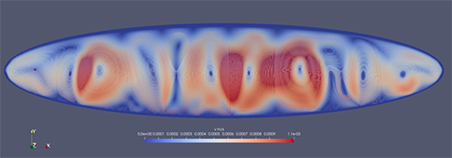
Title: Thermomechanical modelling of the shallow magmatic body at Krafla
Speaker: Gabriel Girela Arjona
Time: 12:45 AM
Summary
This project aims to describe the thermal and mechanical properties of the shallow magmatic body found at Krafla. We aim to make 2D and 3D numerical simulations of the fluid dynamics with GALES, and continue to improve and develop the software.


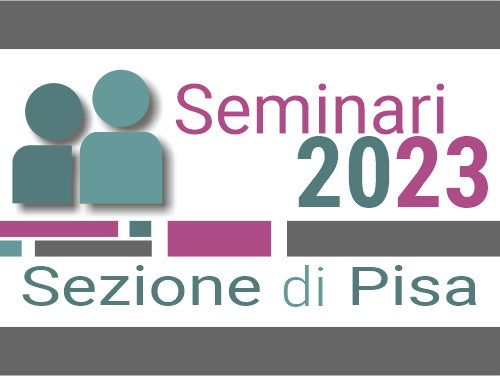
Devi effettuare l'accesso per postare un commento.